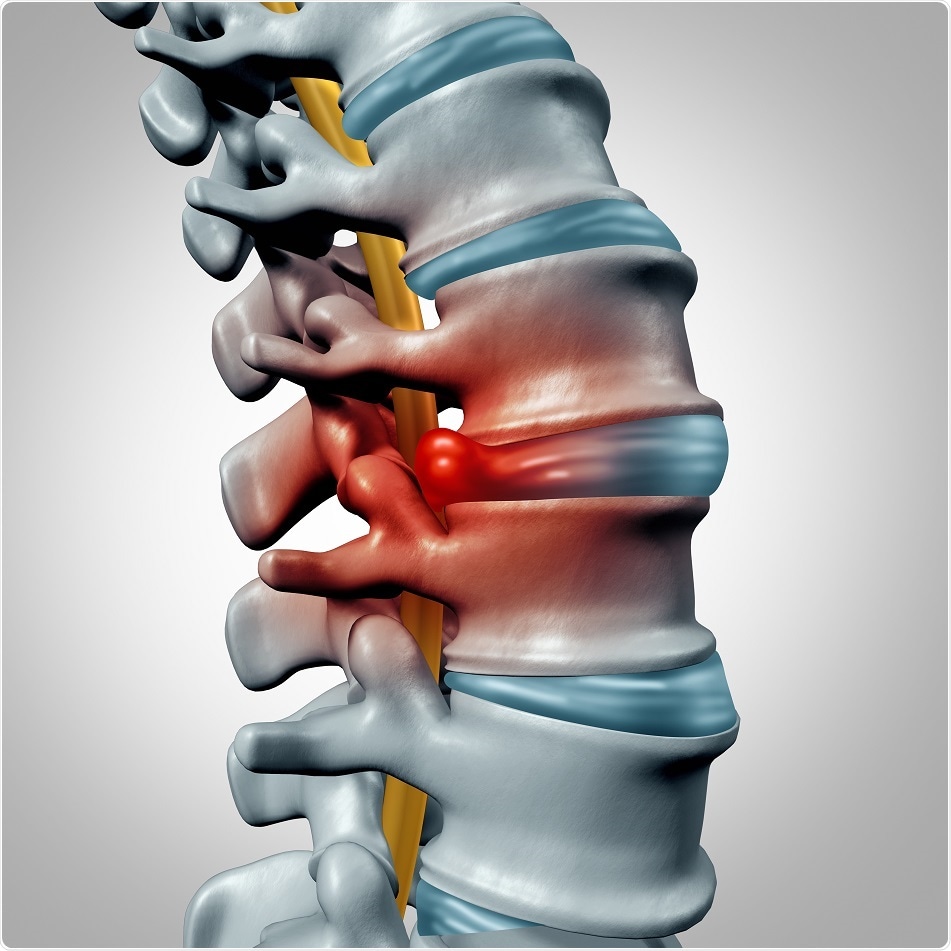Dec 4 2017
According to a study presented at the annual meeting of the Radiological Society of North America, most patients who had undergone image-guided pulsed radiofrequency treatment for sciatica and low back pain were pain-free.

Credit: Lightspring/ Shutterstock.com
Lower back pain is considered a widespread problem, affecting more than 80% of the population at some point throughout their life and responsible for the majority of job related disabilities. A major cause of low back pain that can spread to the legs is a compressed and herniated disk, whereby the rubbery cushion between vertebrae disturbs and comes into contact with nearby nerves.
While back pain is typically short-term, in around 20 percent of those suffering acute low back pain, it progresses into chronic low back pain which persists for a year or more.
The nerve root is a sensitive structure that when pinched becomes inflamed and causes pain”. He added that: "The body reacts with muscle constriction, which decreases the distance between vertebrae, and a vicious cycle is created."
Dr. Alessandro Napoli, Sapienza University of Rome
The study enrolled 80 patients suffering from at least three months of low back pain because of a herniated disk which failed to respond to traditional therapies, including exercise and medication.
The patients were subjected to a less invasive interventional radiology procedure, where a needle is directed toward the position of the bulging disc and nerve root, with the help of CT imaging.
Next a probe is inserted through the tip of a needle and pulsed radiofrequency energy is delivered to the affected area for a period of 10 min.
The results of the study showed that 81% of patients treated were pain free after one year following the 10-min treatment session and 90% were able to avoid surgical treatments. Just six patients required a second pulsed radiofrequency session.
Napoli stated that the probe supplies a mild electrical energy resulting in no thermal damage. Relieved of pain, patients were able to resume their usual activities within a day.
Furthermore, he stated that there is a big gap between traditional surgical treatments and the image-guided treatment. The evolving technologies in image-guided treatments may help a significant number of patients to avoid surgery.